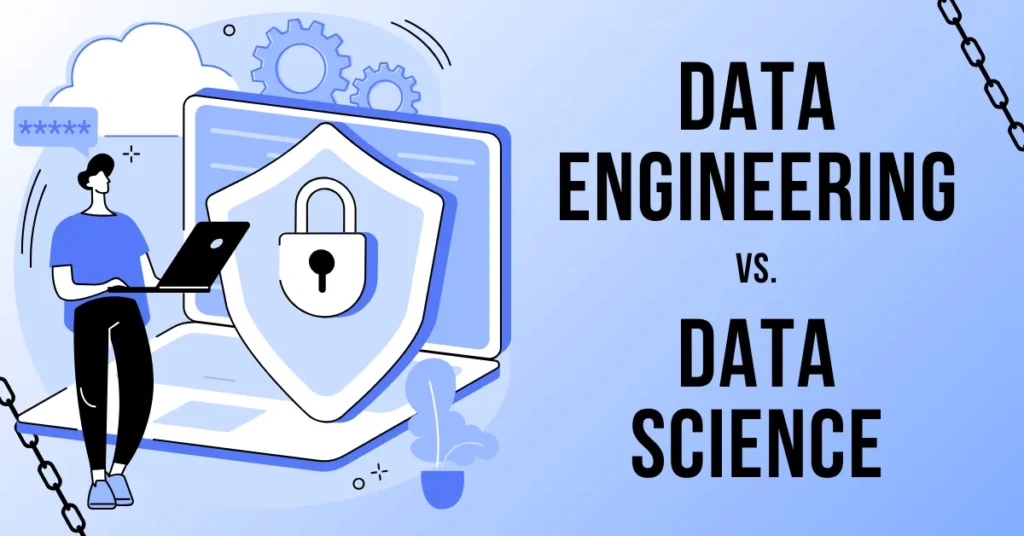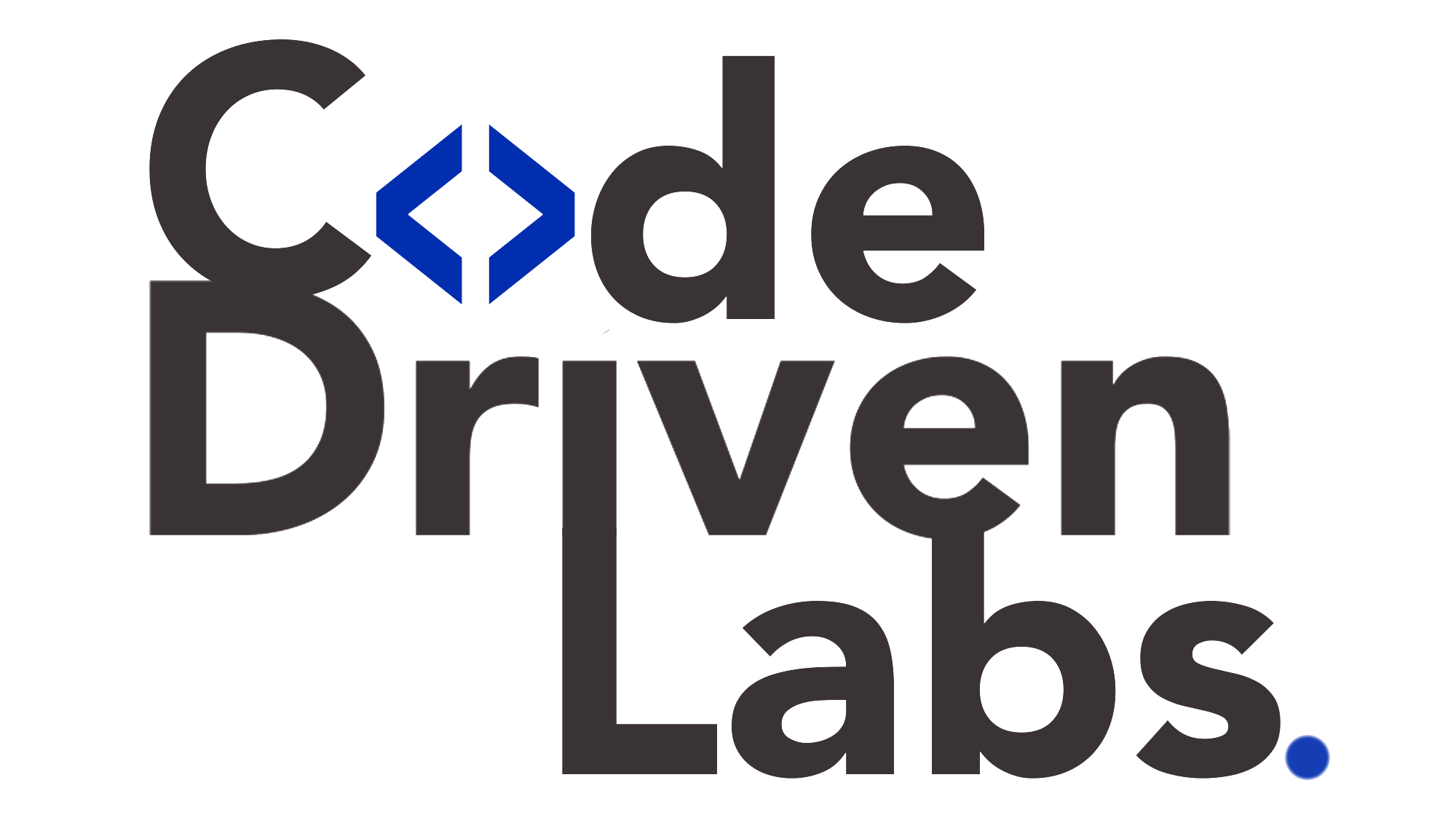Level up your business with US.
- Home
- Data Engineering vs. Data Science: Understanding the Backbone of AI
Data Engineering vs. Data Science: Understanding the Backbone of AI
August 11, 2025 - Blog
Data Engineering vs. Data Science: Understanding the Backbone of AI
Artificial Intelligence (AI) is transforming industries at an unprecedented pace. From personalized shopping recommendations to predictive healthcare, AI is powering smarter business decisions. But behind every AI breakthrough lies a combination of two critical disciplines: data engineering and data science.
While these fields often overlap, they have distinct roles in the AI ecosystem. Understanding their differences — and how they work together — is essential for building scalable, high-performance AI solutions. With the help of code-driven labs, organizations can streamline collaboration between these domains and accelerate their AI development lifecycle.

Defining Data Engineering
Data engineering focuses on the design, construction, and maintenance of systems that store, process, and transport data. Without strong data engineering foundations, even the most advanced machine learning algorithms cannot perform effectively.
Key responsibilities of data engineers include:
-
Data Pipeline Development – Building automated workflows to extract, transform, and load (ETL) data from various sources into analytical systems.
-
Data Storage and Management – Designing and maintaining scalable data warehouses, lakes, or lakehouses.
-
Data Quality Assurance – Ensuring that datasets are complete, accurate, and up to date.
-
Performance Optimization – Fine-tuning pipelines and storage systems to handle large-scale data efficiently.
Goal: Provide clean, accessible, and reliable data to downstream consumers like data scientists, analysts, and business intelligence teams.
Defining Data Science
Data science is the discipline of extracting insights, building models, and making predictions from data. While data engineering focuses on making data usable, data science focuses on making data valuable.
Key responsibilities of data scientists include:
-
Exploratory Data Analysis (EDA) – Understanding patterns, correlations, and anomalies in the data.
-
Model Development – Creating predictive, classification, or clustering models using statistical and machine learning techniques.
-
Model Evaluation – Testing models for accuracy, precision, recall, and other performance metrics.
-
Data Visualization – Presenting insights through clear, actionable dashboards and reports.
Goal: Convert processed data into actionable intelligence that drives strategic and operational decisions.
Data Engineering vs. Data Science: Core Differences
| Aspect | Data Engineering | Data Science |
|---|---|---|
| Primary Focus | Data infrastructure, pipelines, and storage | Analysis, modeling, and insight generation |
| Core Skills | SQL, Python, Spark, Hadoop, ETL tools | Python, R, statistics, machine learning frameworks |
| Output | Clean, structured, and accessible datasets | Predictive models, reports, dashboards |
| End User | Data scientists, analysts, BI teams | Business leaders, decision-makers |
| Time Horizon | Long-term data architecture and scalability | Project-specific or problem-specific modeling |
How They Work Together in AI Development
In an AI project, data engineering comes first — without clean and well-structured data pipelines, data scientists spend most of their time cleaning data rather than building models. Once the data is ready, data science takes over to generate predictions, identify trends, and create actionable insights.
A simplified workflow looks like this:
-
Data Engineering – Build and maintain ETL pipelines, store data in a central repository.
-
Data Science – Access this prepared data, run analyses, and develop models.
-
Integration – Deploy AI models into production, often with continued data engineering support for scaling and monitoring.
Challenges in Data Engineering and Data Science Collaboration
Despite their interdependence, these teams often face barriers:
-
Data Silos – Different formats and sources complicate access.
-
Lack of Standardization – Inconsistent data definitions lead to misinterpretation.
-
Slow Experimentation Cycles – Bottlenecks in data preparation delay model development.
-
Communication Gaps – Technical terminology and differing priorities hinder teamwork.
This is where code-driven labs offer a powerful solution.
Code-Driven Labs: A Shared Platform for Data Engineering and Data Science
Code-driven labs are collaborative, cloud-based environments designed for data-intensive projects. They bring together infrastructure, development tools, and collaboration features into one streamlined workspace.
Here’s how they bridge the gap:
1. Unified Development Environment
Both data engineers and data scientists can work within the same platform, using shared datasets, version-controlled code, and consistent environments.
2. Reproducibility
Every transformation, analysis, and model iteration is logged. This means that a data scientist’s model can be rerun with updated data without starting from scratch — critical for audits and compliance.
3. Integrated Tooling
Code-driven labs often integrate with big data frameworks (Spark, Hadoop), ETL tools, and machine learning libraries (TensorFlow, Scikit-learn), eliminating the need for multiple disconnected systems.
4. Rapid Experimentation
Data scientists can run models on freshly processed data as soon as it’s available, reducing waiting times and accelerating delivery.
5. Automated Workflows
Pipelines can be automated end-to-end — from ingestion to model training — enabling near real-time AI deployment.
6. Collaboration Transparency
Non-technical stakeholders can view results and explanations directly from the lab interface, ensuring business alignment.
Real-World Example: AI-Powered Retail Optimization
A large retail chain wants to optimize inventory across hundreds of stores.
-
Data Engineering Role: Build pipelines to ingest sales, inventory, and supplier data from multiple sources into a centralized cloud warehouse.
-
Data Science Role: Develop demand forecasting models using the cleaned data.
-
Code-Driven Lab Role: Provide a shared environment where the engineering team updates the pipeline while the science team continuously retrains models on the latest data, leading to faster rollout and reduced stockouts by 30%.
Best Practices for Using Code-Driven Labs in Data Engineering and Data Science
-
Establish Shared Data Definitions – Agree on data schemas, naming conventions, and validation rules.
-
Automate Data Quality Checks – Catch issues before they reach data science workflows.
-
Embed Explainability Tools – Provide transparency for models built within the lab.
-
Version Everything – Code, datasets, and models should all have version histories for traceability.
-
Integrate Continuous Deployment – Allow models to be deployed into production directly from the lab.
The Backbone of AI: Why Both Disciplines Matter
Without data engineering, AI projects lack the infrastructure to process and deliver reliable datasets. Without data science, AI projects cannot generate the intelligence that drives impact. Together, they form the backbone of AI, ensuring that data flows seamlessly from raw collection to actionable insight.
Code-driven labs strengthen this backbone by providing a common ground where engineering precision meets analytical creativity.
Looking Ahead: The Future of Data Engineering and Data Science Collaboration
The lines between data engineering and data science are gradually blurring. Many data scientists are learning engineering skills to handle larger datasets, while engineers are adopting analytics knowledge to better support AI initiatives.
In the future, we can expect:
-
Greater Automation – Auto-generated data pipelines and self-healing models.
-
Unified Roles – More professionals skilled in both engineering and science.
-
Embedded AI Governance – Built-in monitoring for fairness, bias, and compliance in labs.
Organizations that invest in integrated workflows today — powered by code-driven labs — will be better positioned to scale their AI initiatives tomorrow.
Conclusion
AI success depends on more than just advanced algorithms — it requires a strong foundation of data engineering and data science working in harmony. Data engineering ensures the infrastructure and pipelines are in place, while data science transforms that data into strategic intelligence.
Code-driven labs act as the connective tissue between these disciplines, enabling shared workflows, reproducibility, and faster delivery of AI solutions. By embracing this collaborative model, businesses can unlock the full potential of their data and create AI systems that are not only innovative but also reliable and scalable.
